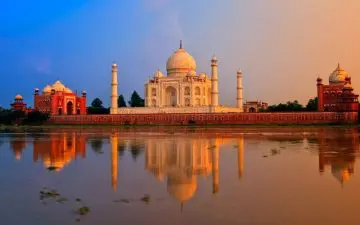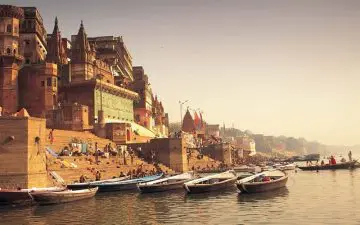Best Time To Visit India
The best time to visit India is the autumn season when the monsoon rains leave their place to clear skies and beautiful weather for exploring the country’s cultural heritage. In October, temperatures rise in the heartland cities such as Delhi, Jaipur, and Agra, while occasional rains keep the countryside blooming. In November, the bustling streets host various festivals and traditional events, making it the perfect time for experiencing India’s diverse culture.
In late spring, temperatures rise to 40°C inland, making it uncomfortable to explore the temples and monuments in mid-day. Throughout summer, most of India is under the influence of the monsoon rains. It is not an ideal time for visiting the country’s must-see attractions.
Winter is dry and warm in India, making it the peak season for travelers. The morning mist may block the view in iconic sites such as the Taj Mahal, but sunset offers the most spectacular views. Crowds tend to increase toward Christmas time in December.
Why You Should Visit India: India is a diverse and fascinating country that offers visitors a unique cultural experience. From the bustling streets of Delhi to the tranquil backwaters of Kerala, India has something for everyone. Whether you’re interested in exploring ancient temples, tasting exotic cuisine, or simply soaking up the vibrant atmosphere, India is a destination that will leave you spellbound. So why wait? Book your trip to India today and get ready to be amazed.
Things to Consider: Be sure to research the culture and customs of the areas you’ll be visiting to avoid any cultural faux pas. Make sure you have the necessary vaccinations and medications to stay healthy during your trip. It’s also important to be aware of the transportation options available in India, as well as the potential for scams and theft. Lastly, be prepared for the sensory overload that comes with visiting India, from the sights and sounds to the flavors and smells.
Montly Travel Guide For India
Travelling in India between December and February
The weather is sunny and warm across India from December to February. It is a dry season, and the temperatures are slightly lower in the north, while the southern cities experience fog in the early morning.
Clear skies offer better views in the evening hours and towards the end of February, but winter weather is overall ideal for sightseeing. It is also the peak season in India, so you may expect to find the popular attractions bustling with crowds.

Travelling in India between March and May
The weather is ideal for traveling from March to late April before central India heats up. It is the best time to visit India before the monsoon season. Daytime temperatures may rise to 45°C inland, making it uncomfortable to explore the historic sites and cities.
Also, it is not the best time to visit India for a valuable photographic experience due to the high humidity. The north of the country is more available at this time of year since southern states begin experiencing thunderstorms in late May.

Travelling in India between June and August
The monsoon winds bring constant and heavy rainfall across the country except for the north. Forests and grasslands liven up, and the water level rises in River Ganges, creating the optimal conditions for the much-awaited autumn season.
The highlight attractions in the Golden Circle region are not ideal for visiting due to the rain and high humidity levels.
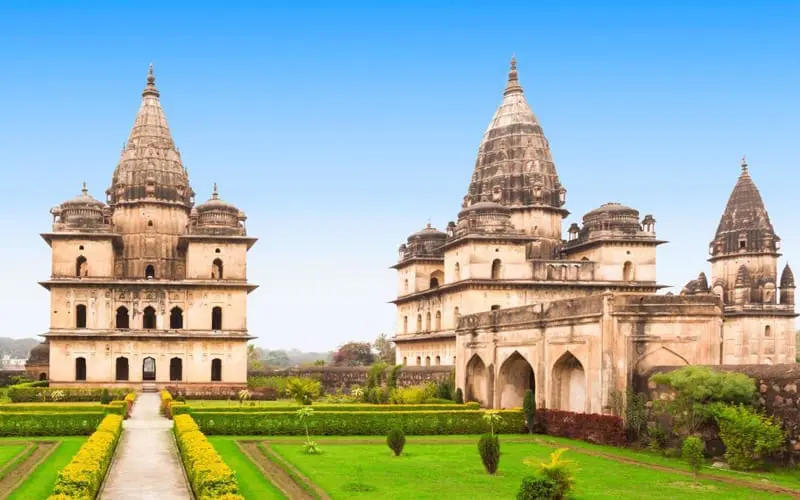
Travelling in India in September
The monsoon rains come to an end in the cities of Delhi, Agra, and Jaipur in September. It is the last month before the peak travel season begins, so it might be a wonderful time for India tours before the crowds arrive.
As the countryside is at its most fertile time and water levels are high after the monsoon season, September is perfect for enjoying boat trips down the River Ganges and admiring the landscape.

Travelling in India in October and November
October and November are the best months for trips to India. The weather is sunny, and the skies are clear in central regions, offering spectacular views in the daytime. Popular spots like the Taj Mahal and Delhi start getting crowded, but the landmarks are less busy than in winter.
Autumn is also the time of festivities in India. On October 2, locals celebrate Mahatma Gandhi’s birthday with a national holiday, and the cities host colorful traditional events throughout November.

India Climate & Weather Guide
| Region | Jan | Feb | Mar | Apr | May | Jun | Jul | Aug | Sep | Oct | Nov | Dec |
|---|---|---|---|---|---|---|---|---|---|---|---|---|
| Delhi | 20°C | 25°C | 30°C | 37°C | 40°C | 39°C | 35°C | 34°C | 35°C | 34°C | 28°C | 23°C |
| Jaipur | 23°C | 27°C | 32°C | 38°C | 41°C | 40°C | 34°C | 33°C | 35°C | 35°C | 30°C | 25°C |
| Dausa | 23°C | 26°C | 32°C | 38°C | 41°C | 40°C | 35°C | 33°C | 34°C | 34°C | 29°C | 25°C |
| Agra | 22°C | 25°C | 32°C | 38°C | 42°C | 41°C | 35°C | 33°C | 34°C | 34°C | 29°C | 29°C |
| Varanasi | 24°C | 27°C | 34°C | 39°C | 41°C | 40°C | 34°C | 33°C | 34°C | 33°C | 30°C | 25°C |
| Fatenpur sikri | 22°C | 26°C | 32°C | 38°C | 41°C | 41°C | 36°C | 35°C | 34°C | 34°C | 29°C | 24°C |
| Orchha | 23°C | 27°C | 34°C | 40°C | 42°C | 41°C | 34°C | 32°C | 33°C | 34°C | 30°C | 24°C |
| Region | Jan | Feb | Mar | Apr | May | Jun | Jul | Aug | Sep | Oct | Nov | Dec |
|---|---|---|---|---|---|---|---|---|---|---|---|---|
| Delhi | 68°F | 77°F | 86°F | 98°F | 104°F | 102°F | 95°F | 93°F | 95°F | 93°F | 82°F | 73°F |
| Jaipur | 55 mm73°F | 80°F | 89°F | 100°F | 105°F | 104°F | 93°F | 91°F | 95°F | 95°F | 86°F | 77°F |
| Dausa | 75°F | 80°F | 90°F | 100°F | 106°F | 105°F | 95°F | 91°F | 93°F | 94°F | 85°F | 77°F | 18 mm
| Agra | 55 mm72°F | 78°F | 89°F | 100°F | 107°F | 105°F | 96°F | 92°F | 94°F | 93°F | 84°F | 75°F |
| Varanasi | 73°F | 80°F | 91°F | 102°F | 106°F | 102°F | 93°F | 91°F | 91°F | 90°F | 85°F | 76°F |
| Fatenpur sikri | 71°F | 72°F | 77°F | 86°F | 93°F | 99°F | 100°F | 100°F | 96°F | 89°F | 81°F | 74°F |
| Orchha | 70°F | 72°F | 77°F | 84°F | 91°F | 94°F | 95°F | 94°F | 91°F | 85°F | 79°F | 72°F |
| Region | Jan | Feb | Mar | Apr | May | Jun | Jul | Aug | Sep | Oct | Nov | Dec |
|---|---|---|---|---|---|---|---|---|---|---|---|---|
| Delhi | 19 mm | 15 mm | 15 mm | 9 mm | 17 mm | 53 mm | 220 mm | 257 mm | 127 mm | 24 mm | 5 mm | 8 mm |
| Jaipur | 55 mm6 mm | 10 mm | 5 mm | 4 mm | 18 mm | 51 mm | 213 mm | 227 mm | 80 mm | 12 mm | 8 mm | 3 mm |
| Dausa | 8 mm | 8 mm | 6 mm | 3 mm | 14 mm | 45 mm | 212 mm | 253 mm | 102 mm | 15 mm | 7 mm | 3 mm | 18 mm
| Agra | 55 mm12 mm | 11 mm | 10 mm | 6 mm | 13 mm | 52 mm | 206 mm | 270 mm | 126 mm | 22 mm | 5 mm | 6 mm |
| Varanasi | 18 mm | 15 mm | 8 mm | 5 mm | 11 mm | 97 mm | 310 mm | 273 mm | 247 mm | 35 mm | 11 mm | 7 mm |
| Fatenpur sikri | 10 mm | 10 mm | 9 mm | 4 mm | 11 mm | 43 mm | 208 mm | 276 mm | 116 mm | 18 mm | 5 mm | 5 mm |
| Orchha | 6 mm | 9 mm | 5 mm | 4 mm | 8 mm | 83 mm | 296 mm | 310 mm | 173 mm | 25 mm | 10 mm | 7 mm |
| Region | Jan | Feb | Mar | Apr | May | Jun | Jul | Aug | Sep | Oct | Nov | Dec |
|---|---|---|---|---|---|---|---|---|---|---|---|---|
| Delhi | 0 | 0 | 0 | 0 | 0 | 0 | 0 | 0 | 0 | 0 | 0 | 0 |
| Jaipur | 0 | 0 | 0 | 0 | 0 | 0 | 0 | 0 | 0 | 0 | 0 | 0 |
| Dausa | 0 | 0 | 0 | 0 | 0 | 0 | 0 | 0 | 0 | 0 | 0 | 0 |
| Agra | 0 | 0 | 0 | 0 | 0 | 0 | 0 | 0 | 0 | 0 | 0 | 0 |
| Varanasi | 0 | 0 | 0 | 0 | 0 | 0 | 0 | 0 | 0 | 0 | 0 | 0 |
| Fatenpur sikri | 0 | 0 | 0 | 0 | 0 | 0 | 0 | 0 | 0 | 0 | 0 | 0 |
| Orchha | 0 | 0 | 0 | 0 | 0 | 0 | 0 | 0 | 0 | 0 | 0 | 0 |
| Region | Jan | Feb | Mar | Apr | May | Jun | Jul | Aug | Sep | Oct | Nov | Dec |
|---|---|---|---|---|---|---|---|---|---|---|---|---|
| Delhi | 7 km/h | 8 km/h | 9 km/h | 10 km/h | 10 km/h | 10 km/h | 9 km/h | 8 km/h | 7 km/h | 5 km/h | 4 km/h | 6 km/h |
| Jaipur | 55 mm6 km/h | 7 km/h | 8 km/h | 9 km/h | 11 km/h | 13 km/h | 11 km/h | 9 km/h | 8 km/h | 5 km/h | 4 km/h | 5 km/h |
| Dausa | 5 km/h | 6 km/h | 7 km/h | 8 km/h | 10 km/h | 11 km/h | 10 km/h | 8 km/h | 7 km/h | 5 km/h | 4 km/h | 4 km/h | 18 mm
| Agra | 55 mm8 km/h | 10 km/h | 10 km/h | 11 km/h | 11 km/h | 12 km/h | 11 km/h | 10 km/h | 9 km/h | 7 km/h | 7 km/h | 7 km/h |
| Varanasi | 8 km/h | 9 km/h | 10 km/h | 11 km/h | 12 km/h | 12 km/h | 12 km/h | 10 km/h | 9 km/h | 7 km/h | 7 km/h | 7 km/h |
| Fatenpur sikri | 4 km/h | 5 km/h | 5 km/h | 7 km/h | 7 km/h | 8 km/h | 7 km/h | 6 km/h | 5km/h | 4 km/h | 3 km/h | 3 km/h |
| Orchha | 5 km/h | 5 km/h | 6 km/h | 7 km/h | 8 km/h | 9 km/h | 8 km/h | 7 km/h | 6 km/h | 4 km/h | 3 km/h | 3 km/h |
When to visit India
Visit Nepal & India in Autumn
The post-monsoon season from September to November offers the most wonderful weather for combining Asia’s natural beauty and cultural heritage in one trip. Nepal’s wildlife parks, lake cities, and valleys are blooming with life at this time of year. The weather is perfect for admiring nature and the human-made landmarks. It is the best time to visit India and Nepal with a combined trip.
Sightseeing in the temples and monuments of Kathmandu and Agra, unwinding with a trekking trip in the Himalayas and exploring the richest wildlife areas in Asia are some of the highlight activities to try in autumn. Our Essential Nepal & India trip offers the ultimate experience, combining the most iconic destinations in South Asia.
Why you should take a combined trip to India and Nepal:
– Cultural diversity: India and Nepal are home to diverse cultures, religions, and traditions. By taking a combined trip, you can experience the rich heritage and history of both countries
– Scenic beauty: India and Nepal are both home to breathtaking natural beauty, from the lush green forests and beaches of India to the towering peaks and scenic valleys of Nepal.
– Adventure activities: Both India and Nepal offer a range of adventure activities, from trekking and mountaineering to white-water rafting and paragliding. By combining your trip, you can enjoy a range of adventure activities across both countries.
– Spiritual experiences: India and Nepal are both known for their spiritual traditions, from yoga and meditation to Buddhism and Hinduism.
– Food and hospitality: Indian and Nepalese cuisines are known for their diverse flavors and spices. A combined trip allows you to sample a range of regional dishes from both countries, from spicy curries and street food in India to momos and dal bhat in Nepal.
Trips to India from September to November
Most of what India has to offer is in the central states, where the weather is pleasantly warm from September to November. It is the best time to visit India to see the Golden Circle region, discover the UNESCO World Heritage Sites in Agra and Jaipur, and experience the daily lives of locals in the vibrant city of Delhi. As the monsoon season ends, water levels rise, and gardens are vividly green. This time of year is perfect for enjoying a boat ride on the River Ganges in Varanasi, while train rides between the cities offer fascinating views.
Autumn is also the festival season in India. From harvest festivals to spiritual ceremonies, a diversity of cultural events take place across the country. Peak season begins in October, but ancient sites and cities are less busy compared to winter around this time, putting the local culture under the spotlight. Our Best of India tour offers the perfect opportunity to experience India’s Golden Circle and unique culture from September to November.
Tips for visiting India in the fall:
– Plan ahead: Fall is a popular time to visit India, so it’s important to book your accommodations, transportation, and activities in advance to avoid disappointment.
– Pack for the weather: While fall is generally a pleasant time to visit India, the weather can be unpredictable. Bring lightweight and breathable clothing for warmer days, as well as layers for cooler evenings and unexpected rain.
– Be mindful of festivals: Fall is the season for many festivals in India, such as Diwali and Dussehra.
– Consider visiting off-the-beaten-path destinations: While popular tourist destinations can get crowded in the fall, there are many off-the-beaten-path destinations to explore.
– Take precautions for your health and safety: As with any travel destination, it’s important to take precautions for your health and safety while visiting India. Make sure to drink bottled water, avoid street food, and take steps to prevent mosquito bites.
India FAQ
What’s the best time to visit India for budget travellers?
The best time to visit India for budget travelers is during the offseason, which is generally from April to September. During this time, you can find cheaper flights, accommodations, and activities. However, keep in mind that this is also the hottest time of the year, with temperatures often exceeding 40°C in some parts of the country.
Another good time for budget travelers is during the shoulder season, which is from February to March and October to November. During these months, the weather is pleasant, and the tourist crowds are relatively lower than the peak season (December and January).
What is the hottest month in India?
The hottest month in India varies depending on the region. In most parts of India, April and May are typically the hottest months, with temperatures often exceeding 40°C (104°F) in many areas.
In North India, including Delhi, Rajasthan, and Punjab, the hottest months are generally May and June, with temperatures often soaring above 45°C (113°F) in some places. In South India, the hottest months are usually April and May, with temperatures reaching up to 40°C (104°F) in cities like Hyderabad and Chennai.
What is the best month to visit India to beat the crowds?
The best months to visit India to beat the crowds are typically during the offseason or shoulder season, which are generally from April to September and February to March and October to November, respectively.
During the peak season, which is from December to January, popular tourist destinations like the Taj Mahal, Goa, and Rajasthan can become very crowded, with long lines and high prices for accommodations and activities. Additionally, the heat and humidity during the summer months (May to July) can also deter some tourists, making it a less crowded time to visit.
When is the best time to experience Indian culture?
India is a country with a diverse and rich culture that can be experienced year-round. However, there are certain times of the year when you can immerse yourself in India’s culture more deeply:
Festivals: India is known for its colorful festivals, and attending one can be a great way to experience its culture. Some popular festivals to attend include Diwali (October/November), Holi (February/March), and Durga Puja (September/October).
Cultural events: India hosts a range of cultural events throughout the year, such as music and dance festivals, literary festivals, and religious events. Some popular events include the Jaipur Literature Festival (January/February) and the Konark Dance Festival (December).
Traditional events: Many regions in India have traditional events that are unique to their culture, such as the Snake Boat Race in Kerala (August/September) or the Pushkar Camel Fair in Rajasthan (November).
How crowded are tourist destinations in India during peak season?
Tourist destinations in India can get very crowded during the peak season, which is from December to January. During this time, many people from India and around the world travel to popular destinations like the Taj Mahal, Goa, and Rajasthan.
Crowds can be especially dense at popular attractions and monuments, such as the Taj Mahal, which can see over 20,000 visitors per day during the peak season. Other popular destinations like Goa and Kerala can also be crowded, with high demand for accommodations and activities.
How does the monsoon season affect travel in India?
The monsoon season in India typically runs from June to September, and it can have a significant impact on travel in the country. Heavy rainfall can cause flooding and landslides, which can disrupt transportation, including flights, trains, and buses. Road travel can become difficult or even impossible in some areas, especially in rural regions.
The monsoon season can bring fog and low visibility, which can impact air travel, particularly in hilly areas. Despite these challenges, the monsoon season can also be a unique and beautiful time to visit India. The lush green landscapes, cooler temperatures, and fewer crowds can make for a memorable experience.
How many days do you need to visit India?
If you want to see some of the major attractions such as the Taj Mahal and the Golden Temple a 10-14 day trip could be a good starting point. However, if you want to explore more off-the-beaten-path destinations or engage in specific activities such as trekking in the Himalayas or attending a cultural festival, you may need more time.
It’s also worth noting that India can be challenging to travel in due to its vast size, diverse cultures, and sometimes chaotic infrastructure. So, it’s a good idea to plan for some extra time to allow for unexpected delays or changes in plans.
What is the coldest month in India?
India is a vast country with diverse climatic conditions, so the coldest month varies depending on the region. Generally, the winter season in India runs from December to February. In Northern India, the coldest month is typically January, with temperatures ranging from around 5-10°C (41-50°F) in cities like Delhi and Agra, and even colder in mountainous regions such as Ladakh and Himachal Pradesh.
What are the best cities to visit in India?
Delhi: The capital of India, Delhi is a vibrant city with a rich history and culture. Highlights include the Red Fort, Qutub Minar, and the Lotus Temple. Jaipur: Known as the “Pink City,” Jaipur is famous for its stunning palaces, forts, and temples. Visit the City Palace and Amber Fort for a glimpse of Rajasthan’s royal heritage. Agra: Home to the iconic Taj Mahal, Agra is a must-visit destination for anyone traveling to India. Also visit Agra Fort and Fatehpur Sikri to explore the city’s Mughal heritage. Varanasi: Considered one of the holiest cities in India, Varanasi is a fascinating destination for anyone interested in spirituality and culture. Visit the ghats along the Ganges River to witness the city’s rituals and traditions.
Is it safe to travel to India?
India is generally a safe country to travel to, but like any other country, it’s important to take certain precautions to ensure your safety and well-being. Here are some tips to help you stay safe while traveling in India:
Be aware of any potential risks or safety concerns, and plan your trip accordingly. Keep your valuables, including your passport, money, and electronics, in a safe and secure place. India is a conservative country, so it’s important to dress appropriately, especially when visiting religious sites. Use registered taxis and transportation services, and avoid traveling alone at night.
What are the most beautiful places in India?
India is a vast and diverse country, offering a plethora of stunning destinations that are worth exploring. Here are some of the most beautiful places in India: The Taj Mahal – Agra, The Pink City and Amber Fort – Jaipur. The Ghats of Varanasi are a series of steps leading down to the banks of the Ganges River and are a major religious and cultural hub in the city. Agra Fort: Another UNESCO World Heritage Site, the Agra Fort is a massive red sandstone fortress that served as the residence of the Mughal Emperors. Fatehpur Sikri: A UNESCO World Heritage Site, Fatehpur Sikri is a well-preserved ghost town built in the 16th century by Mughal Emperor Akbar.
Does India have nightlife?
Yes, India has a vibrant nightlife scene in many major cities. While India is generally a conservative country, especially when it comes to traditional values, there are several cities that offer plenty of options for those looking for an active nightlife. Some of the most popular destinations for nightlife in India include: a thriving nightlife scene, with plenty of bars, nightclubs, and lounges to choose from. Popular areas for nightlife in Delhi include Connaught Place, Hauz Khas, and Vasant Kunj.
Which airlines fly directly into India?
Several airlines offer direct flights to India from various destinations around the world. Here are some of the major airlines that offer direct flights to India: Air India, United Airlines, Emirates, Qatar Airways, Etihad Airways, British Airways, Lufthansa.
What to wear in India?
India is a conservative country, especially when it comes to clothing. It’s important to dress modestly, particularly in places of worship and other cultural sites. India can be hot and humid, particularly during the summer months. Lightweight, breathable fabrics such as cotton and linen are ideal. It’s important to wear comfortable shoes while in India, particularly if you plan to do a lot of walking. Many visitors to India choose to wear traditional clothing such as salwar kameez (a long tunic with pants) or sarees (a long drape worn over a blouse and petticoat) as a sign of respect for local culture.
What is India famous for?
India is home to a rich and diverse cultural heritage that dates back thousands of years. Indian cuisine is famous for its spicy and flavorful dishes, including curries, biryanis, and tandoori dishes. India’s film industry, known as Bollywood, is famous around the world for its colorful and dramatic movies. India is famous for its beautiful textiles, including silk, cotton, and wool. India is the birthplace of yoga, a practice that has gained popularity around the world for its physical and mental benefits. India is home to a diverse range of wildlife, including tigers, elephants, and rhinoceroses.
What is the best time to eat delicious food in India?
India is known for its vibrant festivals and celebrations, many of which feature special foods and delicacies. If you have the opportunity to attend a festival or celebration, it can be a great way to sample unique and delicious foods that are specific to that region or occasion.
Do you need a visa to visit India?
Yes, most foreign nationals require a visa to enter India, whether for tourism, business, or other purposes. The Indian government offers several types of visas depending on the nature and duration of the visit, including tourist visas, business visas, employment visas, and e-medical visas.
It’s important to note that visa requirements and regulations can vary depending on the visitor’s country of origin and the purpose of their visit. It’s recommended that travelers check with the Indian embassy or consulate in their home country.
India by Season

Winter
Delhi and Agra offer a range of cultural performances, such as classical music, dance, and theater. Attend a performance at Delhi’s National School of Drama or Agra’s Kalakriti Cultural and Convention Center.
Attend a cultural performance of Rajasthani folk music and dance, such as the Kalbelia dance or the Ghoomar dance, and experience the rich cultural heritage of the state.
Best Things to do in India in winter:
Attend the Kite Festival in Jaipur and enjoy the festive atmosphere with locals. Take a night tour of the monuments in Delhi and Agra.

Spring
Holi is a popular festival of colors, celebrated in March in Jaipur, Delhi, and Agra. Join the locals in splashing colors and water, and enjoy the festive atmosphere.
Spring is the season of blooms, and Jaipur, Delhi, and Agra offer many beautiful gardens to visit, such as the Mughal Gardens in Delhi, the Ram Bagh Garden in Agra, and the Central Park in Jaipur.
Best Things to do in India in spring:
Explore the old city of Delhi, and witness the rich history and culture of the city. Visit the local markets and bazaars, such as Chandni Chowk in Delhi and Johari Bazaar in Jaipur, and shop for souvenirs.

Summer
Jaipur, Delhi, and Agra offer a range of museums, such as the Albert Hall Museum in Jaipur, the National Museum in Delhi, and the Taj Museum in Agra. Explore the rich history and culture of the region.
Try a range of summer activities in India, in water parks, swimming pools, and indoor entertainment centers. You can beat the heat and have fun.
Best Things to do in India in summer:
Beat the heat with a range of refreshing Indian drinks, such as lassi, chaas, and thandai. Witness the monsoon rains in India, and enjoy the cooler weather.

Autumn
Diwali is the biggest festival in India, and Jaipur, Delhi, and Agra are some of the best places to experience it. Witness the streets lit up with diyas (oil lamps), enjoy the colorful decorations, and taste the delicious sweets.
Explore the forts of India, such as Amber Fort, City Palace, and Hawa Mahal in Jaipur, the Red Fort and Qutub Minar in Delhi, and the Agra Fort and Fatehpur Sikri in Agra.
Best Things to do in India in autumn:
Attend the Pushkar Camel Fair in Jaipur. Take a Heritage Walk in India’s best cities and learn about the local culture and traditions surrounded by the epic scenery.
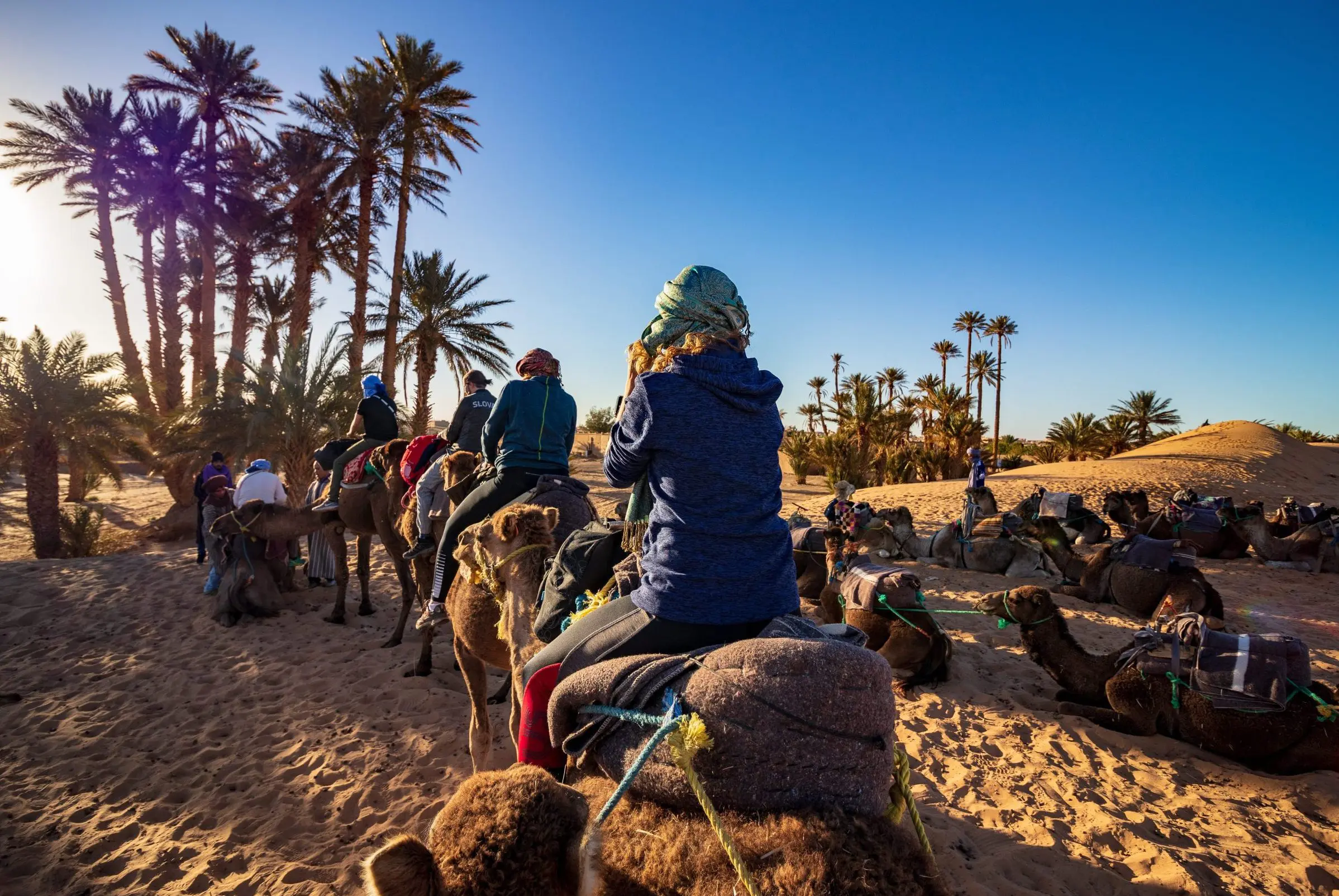 Summer Sale: 45% Off
Summer Sale: 45% Off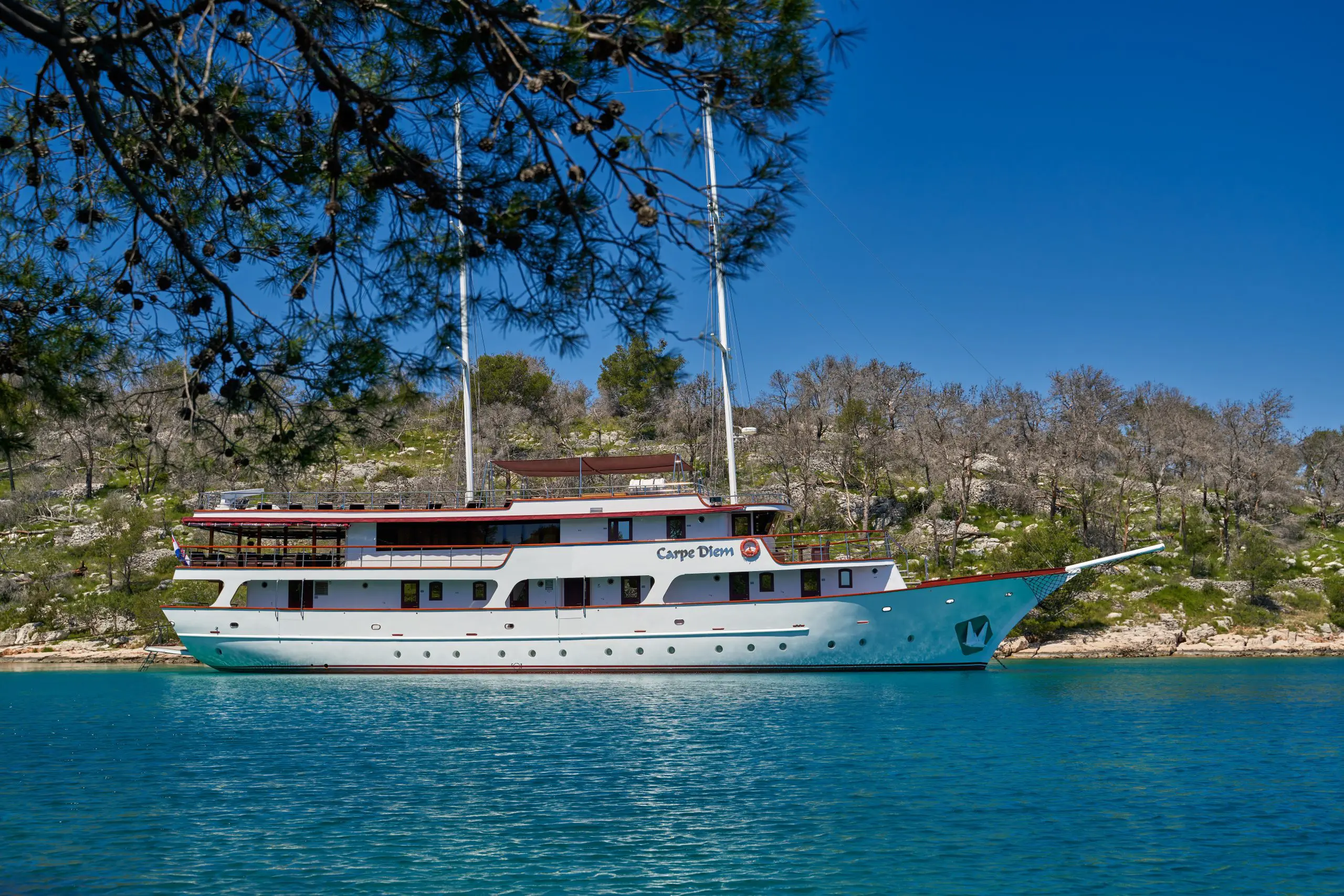 Croatia Sailing : 45% Off
Croatia Sailing : 45% Off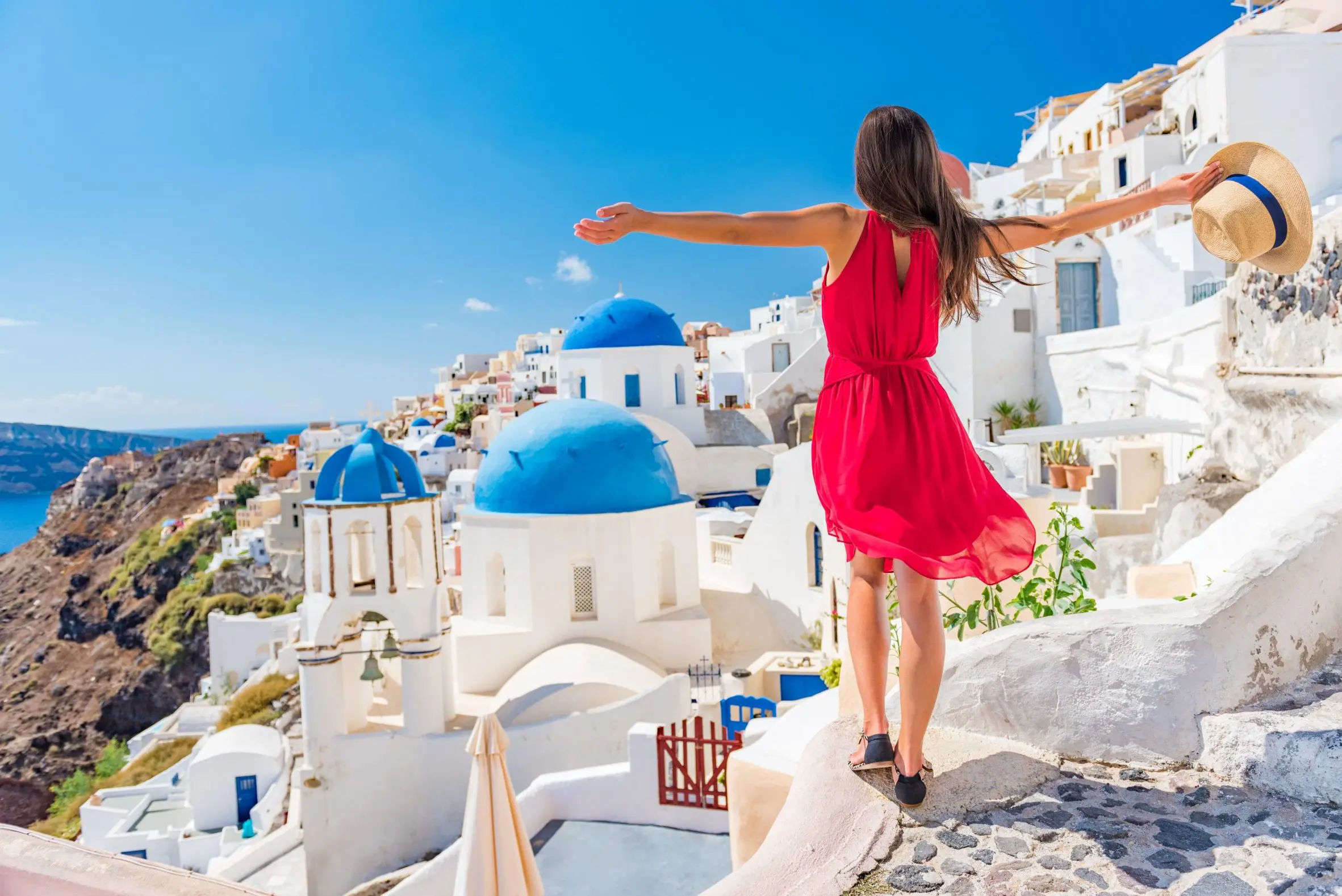 Greece Trips : Save 45%
Greece Trips : Save 45% 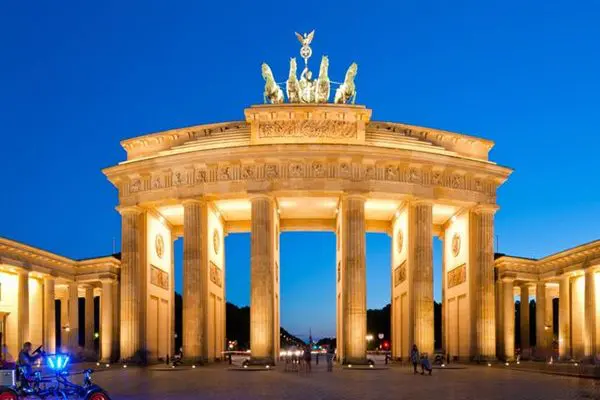 Central & Eastern Europe Tours: 45% Off
Central & Eastern Europe Tours: 45% Off 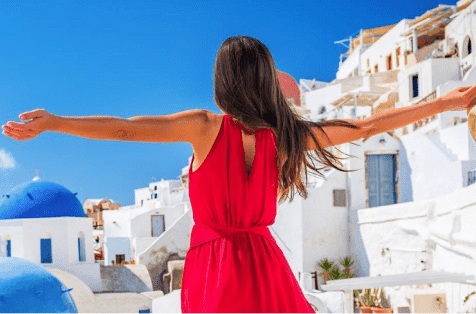 Why Travel Talk
Why Travel Talk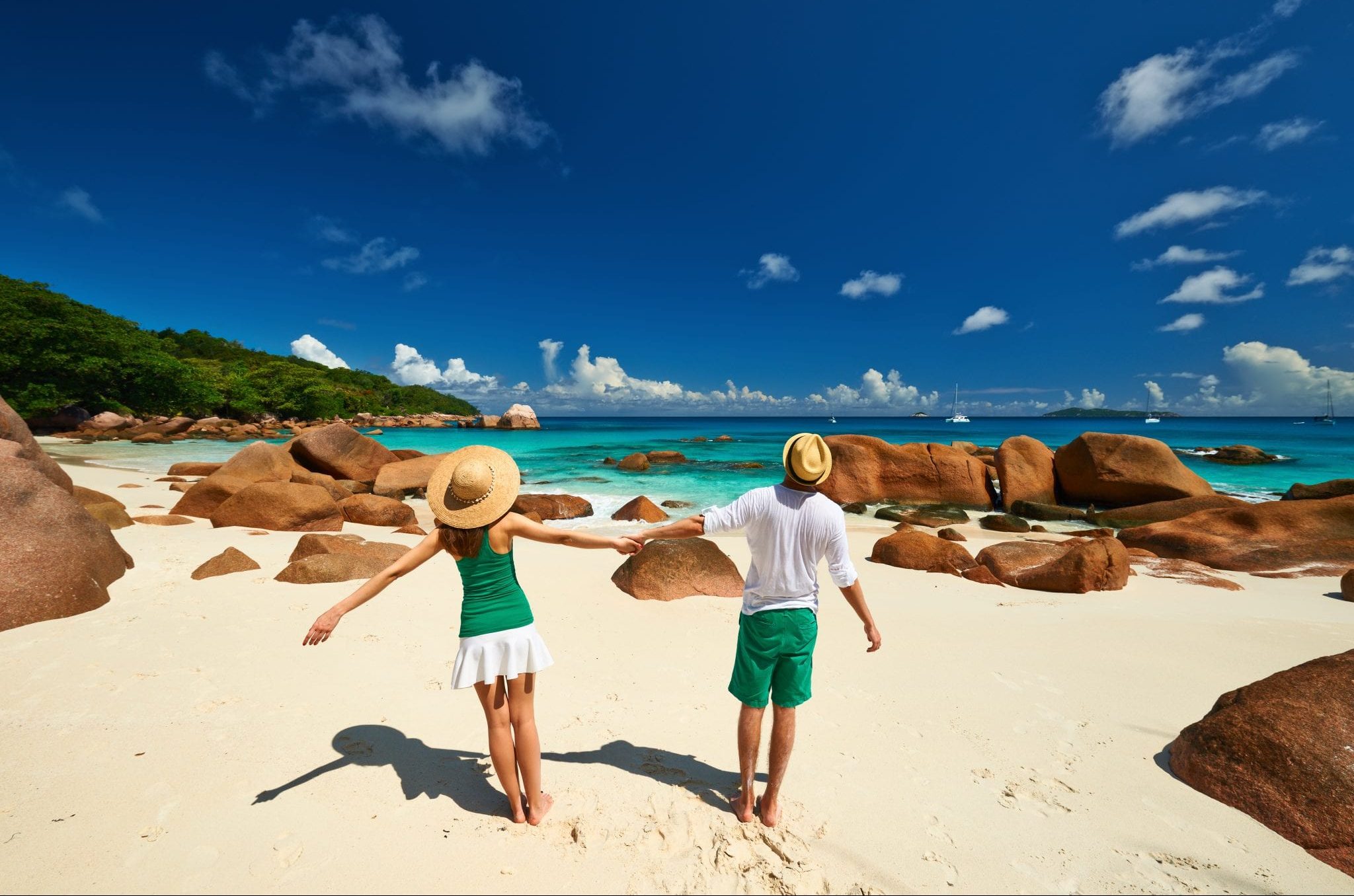 Travel Talk Blog
Travel Talk Blog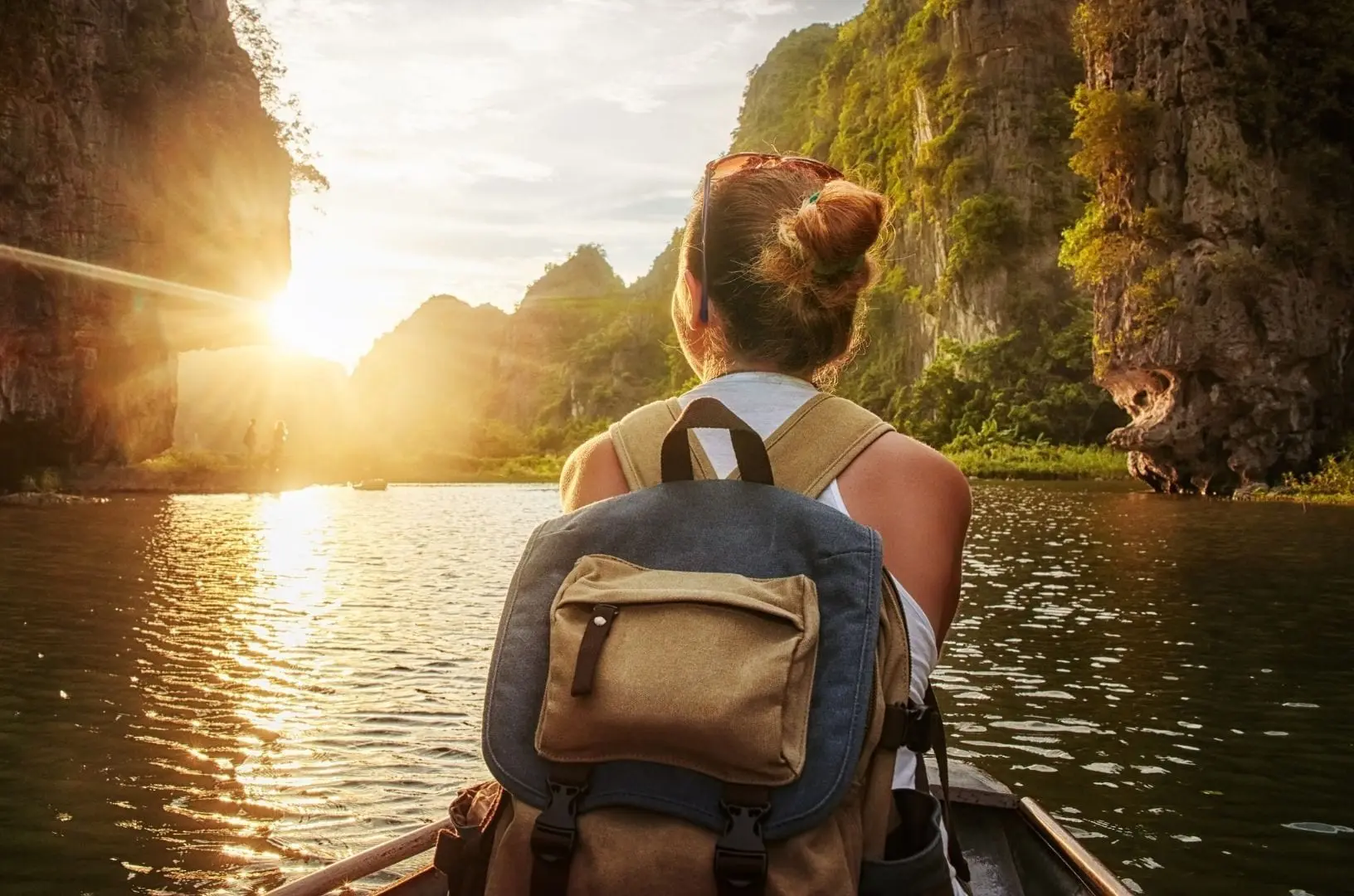 Responsible Travel
Responsible Travel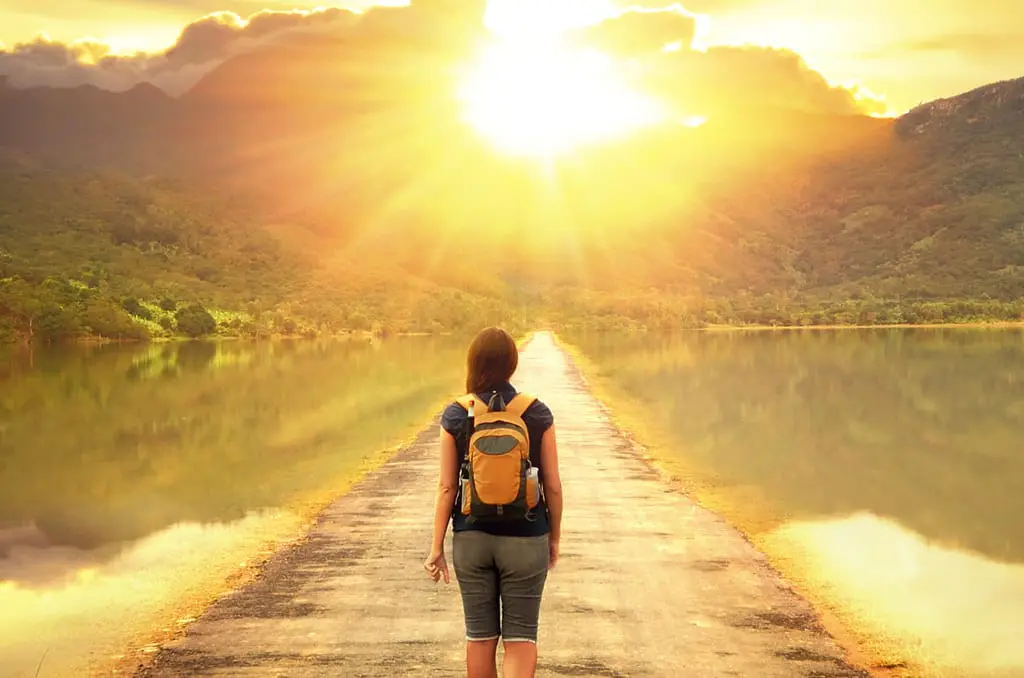 Fair Travels with Travel Talk
Fair Travels with Travel Talk